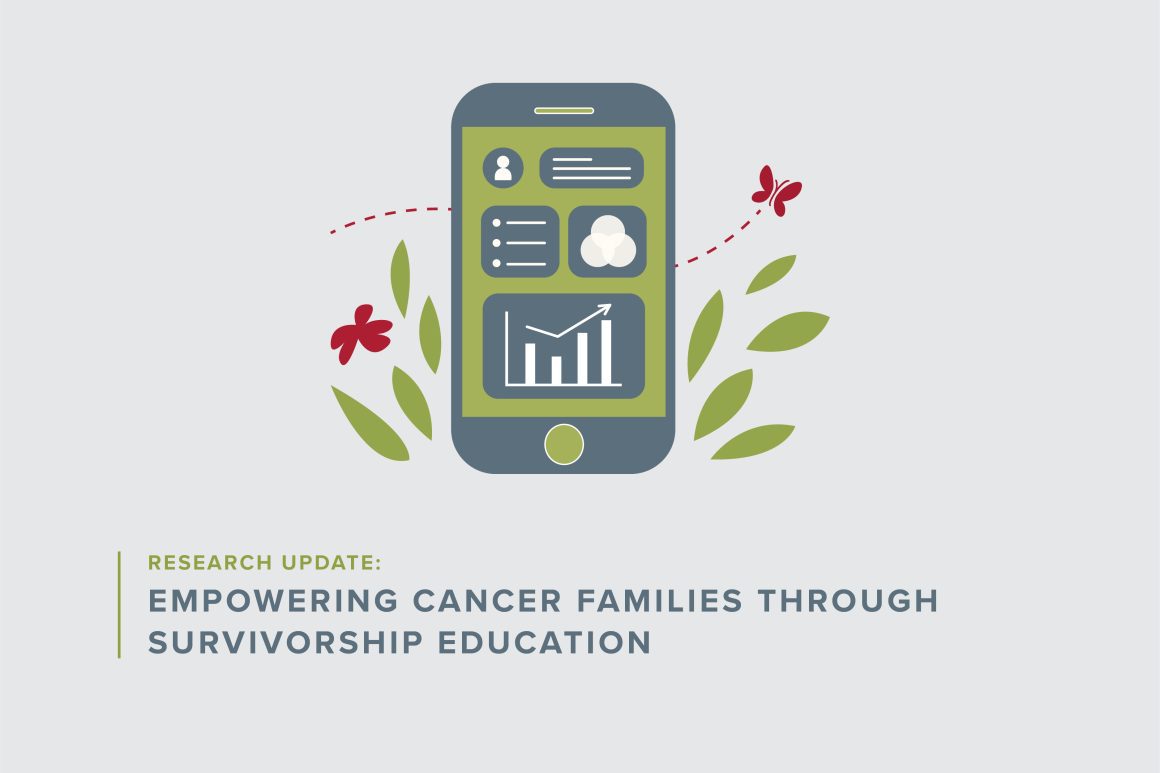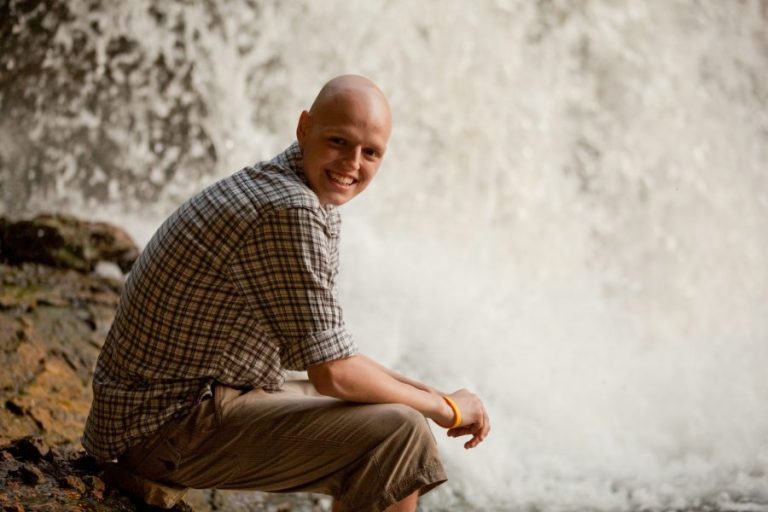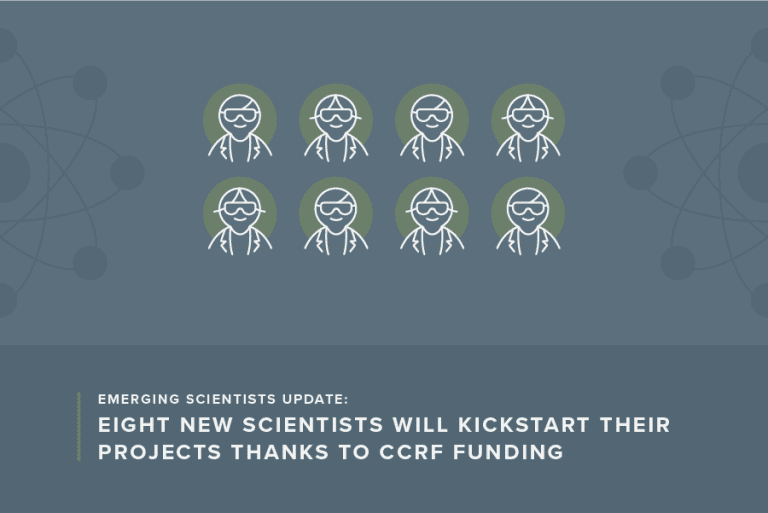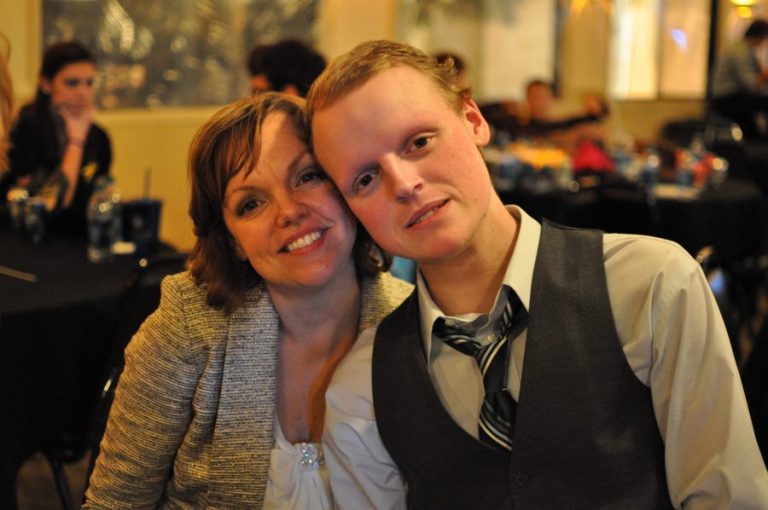When physician Katie Greenzang, MD, EdM, sits with patient families in the Dana-Farber/Boston Children’s Cancer and Blood Disorders Center, she watches eyes glaze over as overwhelmed parents try to take in all the information about their child’s treatment. And she witnesses families’ stress when they later return, surprised or confused by long-term side effects of treatment.
“I’ve had a few families say, ‘I just didn’t know that this could happen. I’m sure you told me that my child could develop hearing loss, but I didn’t understand what that was going to mean for my child, and how that was going impact everyday life for them and how permanent that would be,’” she said. She also sometimes sees misunderstanding in the other direction — “parents worrying about their child’s potential infertility when in fact they didn’t receive agents that would be too concerning from a fertility perspective.”
With support from Children’s Cancer Research Fund (CCRF), Greenzang is developing an eHealth intervention to improve families’ preparation for the survivorship stage of childhood cancer. “How do we improve quality of life, not only for our patients during treatment, but their quality of life after treatment and in survivorship?” she said. “And one way of thinking about that is through helping better educate patients and families about what to expect so that they can make informed treatment decisions and so that they feel prepared and can advocate for their children and get appropriate, supportive care and screening in survivorship.”
Hard conversations and choices
The time of a new cancer diagnosis is so overwhelming for patients and families who are inundated with information and shocked by their child’s life-altering diagnosis. This poses challenges for clinicians to know how to prioritize how much information to share with families, and when, Greenzang noted.
“We have so much information to transmit early on, and we feel most compelled to talk about the things that parents often ask us about off the bat, which are prognosis and acute toxicities of treatments,” she explained. “And in the rush to talk about it, we sometimes neglect some of the longer-term issues. And sometimes it’s just uncomfortable to talk about. It’s really uncomfortable to say that this treatment that we recommend has the potential to cause a second cancer down the line.”
“Historically, a lot of information about late effects and long-term effects of childhood cancer were discussed at the end of therapy and in survivorship,” she said. “And what my prior research has shown is that for most families that feels too late. There are still some families who say, ‘I don’t want to know about it until later,’ but the majority of families told us that they’re thinking about and worrying about these things, and that information actually helps them with their worries. Those who are more distressed about potential late effects actually want more information, not less.”
Additionally, as cancer treatments and outcomes have improved, the focus of some research trials has shifted to what can be removed from treatment to reduce toxicity, Greenzang said. Every family’s risk calculus will be different: some might prefer more aggressive treatment to avoid living with the uncertainty of a cancer recurrence, while others might be comfortable with slightly greater risk of relapse if it means avoiding potentially lifelong side effects. That’s why it’s important to involve families in those conversations early on, she said.
Finding new ways to share information
Greenzang hopes to equip pediatric oncologists to have these conversations in a way that meets families’ needs. Typically, families are given lengthy informed consent documents with a laundry list of potential concerns related to each individual chemotherapy agent. “Many of the families I’ve surveyed have said that’s not that helpful,” she said. “What they really want to understand is their child’s synthesized risk based on all of the treatments that are planned for them. They want to understand the impact of the package as a whole.”
Greenzang’s proposed solution: a digital app that would help families understand the collective long-term effects of their child’s cancer treatment. With support from CCRF, she plans to develop how to personalize the information as much as possible. “We’re trying to harness technology in ways that patients and families typically utilize it to provide tailored information about risks of late effects,” she explained.
Although the rarity of many childhood cancers makes it difficult to personalize an app on the individual level, Greenzang hopes to tailor the information by disease and treatment plan. She developed a paper prototype and is conducting qualitative interviews with providers, patients and parents to get their input to refine the prototype before turning it into an electronic tool. She’ll also work on addressing other factors necessary for successful implementation.
From prototype to clinical use
After Greenzang finalizes the electronic tool, she hopes to test it in a multi-institutional trial. “We want to see how it impacts outcomes of interest,” she explained. “Not only can it be used, but does it change knowledge? Does it support patients and families in feeling like they got high quality information, and does it impact decisional outcomes? Do people feel more prepared for the decisions that they have to face and feel more confident in those decisions?”
If the app proves effective, she hopes to see it integrated into standard clinical practice and perhaps used more broadly outside of health care clinics.
“It’s exciting to move from doing a lot of research on describing the problem to doing work to try to make a difference,” Greenzang said. “I’m excited about that opportunity to potentially move that needle a little bit.”
But making a new, user-friendly electronic health tool takes significant resources, and this project is only possible because of philanthropy, she noted. “There’s only so much governmental funding that’s devoted to rare diseases like childhood cancer, and many funding sources are more focused on basic and translational research,” she said. “And yet these children potentially have many, many, life years ahead of them, and so I think improving quality of life is really meaningful for this patient population. Philanthropy helps fill in those gaps and allows some opportunity for real innovation.”
That commitment to innovation is one of the reasons why Greenzang loves pediatric oncology.
“The way that the field embraces research means that there we are always improving care and outcomes,” she said. “That gives me real hope.”
Support Groundbreaking Research
Your support propels bold ideas forward and empowers researchers to discover treatments that are better and safer for kids, and ensure every child can have a long, healthy life after cancer.




